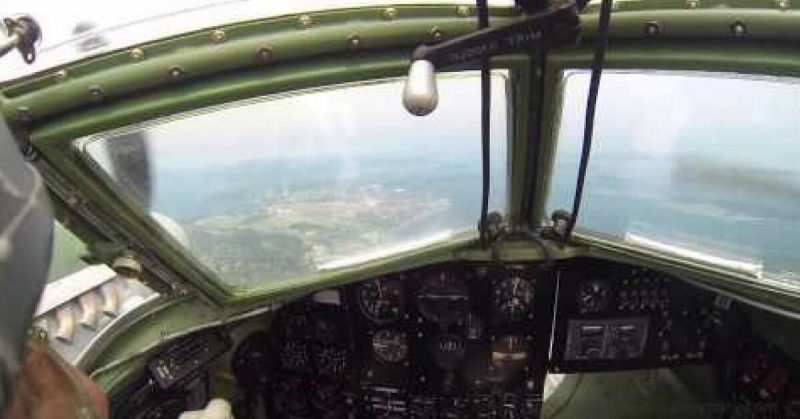Nicknamed “The Wooden Wonder,” the de Havilland Mosquito was a WWII front-line aircraft built almost entirely of wood. Very few aircraft were designed with this material.
The Mosquito was originally intended to be an unarmed fast bomber. However, it quickly became a multi-use plane used as a daytime tactical bomber, fighter-bomber, marine strike aircraft, high-altitude night bomber, pathfinder, intruder, and photo-reconnaissance aircraft.
It was usually manned by two people but was adapted for the British Overseas Airways Corporation. They wanted to accommodate a single passenger in the bomb bay when flying high-value cargo to neutral countries through enemy airspace.
There were several variations of the “Mossie,” as it was known affectionately to the pilots. The fighter version had a wingspan of 54 ft 2 inches, a length of 41 feet, and a height of 17 ½ feet. It weighed 13, 356 lbs when empty. When flying at 20,000 feet, the plane’s range was 900 miles with a maximum speed of 366 mph. The fighter version carried a Hispano MK II cannon and two Browning machine guns.
The wings were made almost entirely of wood, including the hydraulic flaps. The tail and fuselage were also wooden. Only 280 lbs of the aircraft materials were of non-wood. Spruce, balsawood, birch, and other durable types were used in its construction.
The first operations conducted in Mosquitos were photo-reconnaissance missions for the Royal Airforce. The plane became famous when it was revealed to be the craft that flew in the Oslo Mosquito Raid on Gestapo Headquarters in Norway in 1942. Mosquitos went on to destroy 487 German planes during WWII. Highly revered RAF pilots flew in Mosquitos for most of their kills.
The Mosquitos were retired in 1963. Three Mosquitos are still operational out of the 33 still in existence.
